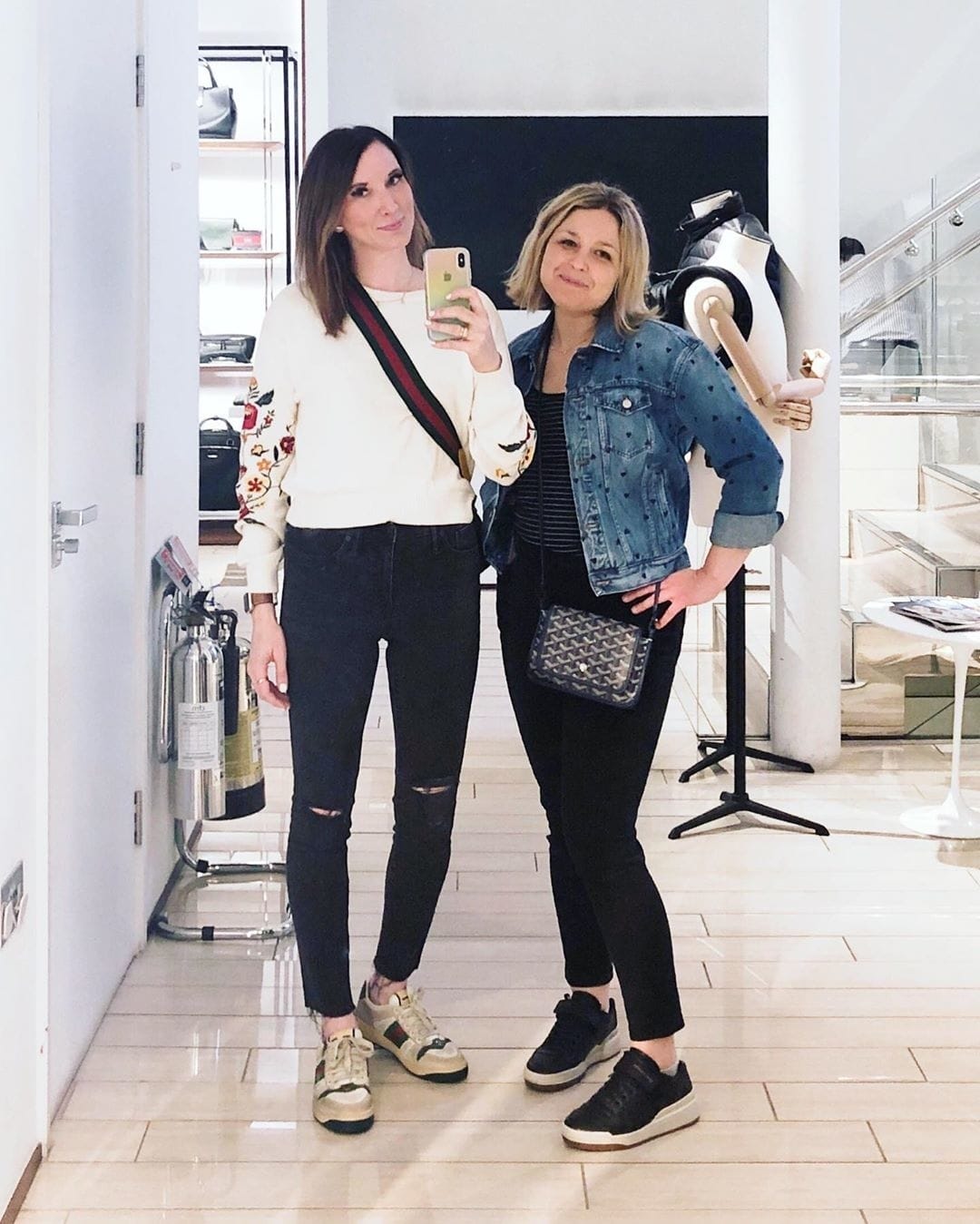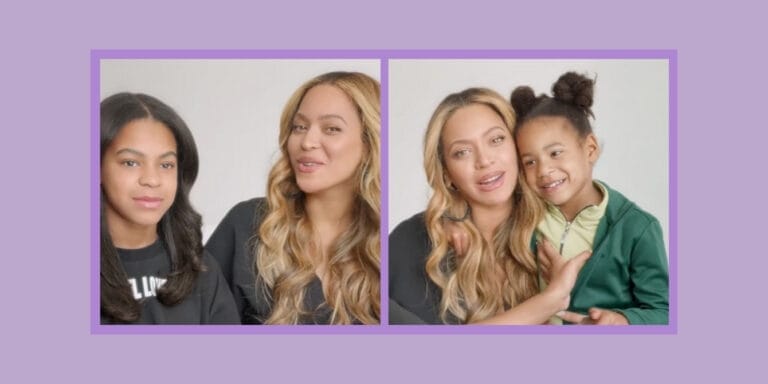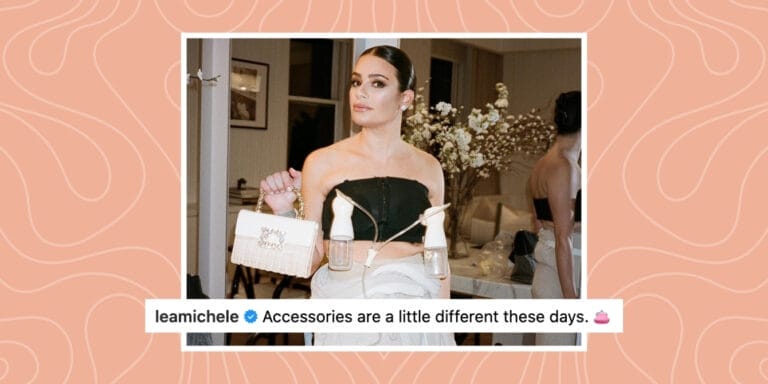How Clea and Joanna of ‘The Home Edit’ organize things + their time as working parents

They recommend tackling play spaces when the kids are sleeping or at school. That way you can toss anything they don't use, need or like (and they won't miss it if they don't know it's gone.
Table of Contents
Clea Shearer and Joanna Teplin are organizational superstars, authors and mothers. Together, Clea and Joanna founded The Home Edit, a home organization business that has a massive 1.3 million followers on Instagram .
They’ve written a book, organized the homes of celebrity moms like Lauren Conrad and Mindy Kaling and created an incredibly successful business while raising their children.
On the latest episode of the second season of The Motherly Podcast , Sponsored by Prudential, Shearer and Teplin tell Motherly co-founder Liz Tenety about how motherhood inspired them to be entrepreneurial organizers.
On impulsivity and inspiration
Sometimes you meet someone and you just click. That was the case for Shearer and Teplin. The pair met in 2015 through a mutual friend and started a business together instantly. They had no idea it would become as big as it is today.
“Joanna and I are pretty impulsive people. Obviously, we started our business the same day we met,” Shearer tells Tenety. “We just started jumping in.”
Jumping in clearly worked for these two mamas, and their work has helped so many fellow mothers who sought their help or found inspiration in their work.
On why motherhood inspires organization
It’s easy to see why mothers are drawn to The Home Edit. Cheerful colors combined with practical, functional systems combine organization with design in an ascetically pleasing way. Shearer and Teplin recognize that for many moms parenthood sparks a deeper interest in organization and design.
“I think it’s almost like a biological need. I mean you know they call it nesting but I mean I really feel like there is a deep chemistry at work in our bodies that need to make things orderly for our homes to bring up a baby into,” Shearer explains.
“You kind of need to create that space and it’s not just for the baby. It’s for you too and I think our bodies know that we’re like about to enter the dark ages when we bring in a new child into the house and like everything; sleep goes out the window and order goes out the window and anything that. Any priority that you have and I feel like your body knows that it needs to get it done beforehand you know and to kind of create just a little bit of calm maybe it’ll give you like a tiny head start in life.”
On balancing motherhood and family
Shearer and Teplin each have 8-year-olds and 5-year-olds at home. With four children between them, they understand what parenthood looks like, and they also understand that it doesn’t always look they way we imagine.
Before welcoming her oldest, Shearer says she had a vision of what parenthood and life with a baby would look like. “I mean I had this vision of perfection. I actually had decided with my first that was going to stop working,” she tells Tenety. “That lasted, I would say, three weeks into my postpartum depression and then I was like ‘momma’s going to go to work.'”
Shearer and Teplin both felt the urge to work and create a business and professional identity for themselves, and now they are figuring out how to balance their work with their family commitments. Having partners who are capable and supportive is key, and so is recognizing that they can’t be everywhere at once. “We missed Halloween for Good Morning America,” Shearer explains.
“Right,” says Teplin, “But you can’t say no to Good Morning America. There will be other Halloweens.”
On editing the kids’ stuff
Parents know that kids’ stuff can multiply fast. In their book Shearer and Teplin recommend tackling play spaces when the kids are sleeping or at school. That way you can toss anything they don’t use, need or like (and they won’t miss it if they don’t know it’s gone.
When the purge is done you can begin organizing. The colorful way Shearer and Teplin organize appeals to kids, which makes it easier for them to keep the space organized long-term.
“You have to do a little bit more showmanship when you’re organizing a space [for kids] ’cause you have to make it really exciting for them to want to maintain,” Shearer explains.
The rainbow is a way of containing and labeling without even using words.
“The kids understand and intuitively start to operate in that color-coding. And it’s a game to put things away,” Shearer explains, adding that it doesn’t have to be exact to look exactly right. “It’s not like all the red colored pencils have to be together. It’s more like all the red markers, crayons and colored pencils. So it’s really just thinking about how kids you know how they naturally respond and instinctively and intuitively can react to a system.”
To hear more from Clea and Joanna of ‘The Home Edit’ and get some organizational tips, check out the The Motherly Podcast , Sponsored by Prudential.


































